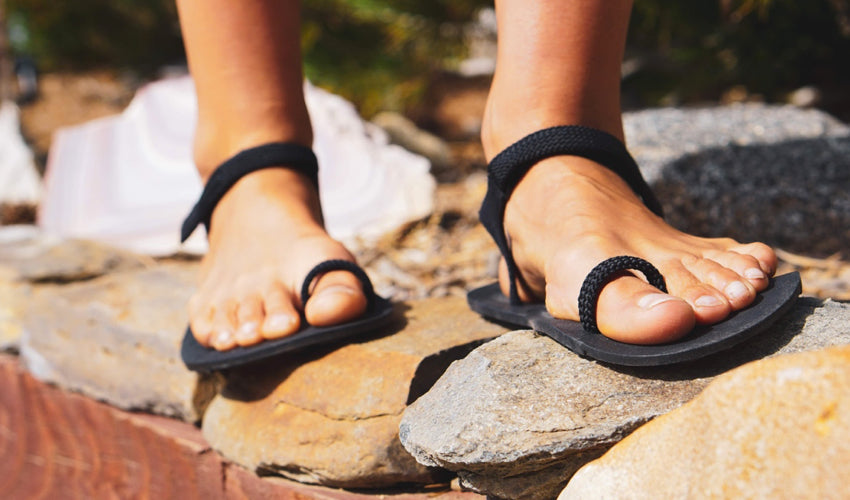
During the warm weather months, when people are wearing open-toe footwear, take a look around and notice the state and condition of the toes that you see. You'll most likely see a wide variety of toe deformities, ranging from mild and barely perceptible to severe and even shocking. Most people who have worn conventional footwear for decades are bound to have at least one type of crooked toe or toe deformity, and two of the most frequently experienced such problems are bunions and hammertoes. But is there anything you can do to help prevent or thwart these unenviable toe issues?
This article takes a closer look at bunions and hammertoes and what you can do—right now—to prevent these problems from arising. Many of the prevention strategies discussed in this article can also be used to address existing bunions or hammertoes, and if you happen to have one of these toe deformities, it's important to understand that they can, in most cases, be successfully addressed using natural, noninvasive techniques. It's also important to remember the old expression “An ounce of prevention is worth a pound of cure,” which is particularly apt when it comes to achieving or realizing optimal toe form and function. Read on to learn all about how to prevent bunions and hammertoes!
Bunions: A Common, but Not Normal, Foot Problem

Bunions are a sometimes painful dislocation of the first metatarsophalangeal joint that occurs primarily in shod (i.e., shoe-wearing) populations. There have been many suggested causes of bunions, but perhaps the most significant is the tapering toe boxes present in most conventional footwear. Tapering toe boxes have a long history of inclusion in most shoe models, including athletic shoes.
An unfortunate side effect of the tapering toe box is that it holds the toe bones and their associated joints in unnatural proximity to one another, forcing the big toe into the space that should be occupied by the second toe. This chronic deviation of the big toe toward the midline of the foot is the stimulus for the classic bunion deformity. A bunionette, which is located on the outside aspect of the foot, is created when the fifth toe is forced under the fourth toe and when the head of the fifth metatarsal bone is forced into the outer aspect of the shoe, sometimes causing pain, swelling, or the formation of a bursa (a fluid-filled sac between a tendon and a bone).
Unfortunately, the toe box taper built into most footwear begins at the metatarsophalangeal joints (i.e., at the ball of the foot) and does not respect natural forefoot shape. A normal, unadulterated human foot is widest at the ends of the toes, not the ball of the foot. The only opportunity to see the natural shape of a human forefoot in the US and other developed nations is to view the foot of a newborn, or by observing the feet of an individual who grew up in a barefoot culture. While it’s unusual in America, barefoot living is common in many parts of the world, including South America, Africa, and South Asia. Members of unshod cultures rarely experience the common forefoot deformities and problems prevalent in our society, such as bunions, hammertoes, and other types of crooked toes.
We have a number of other bunion-related resources on our site that discuss this problem in greater detail, including the following:
We recommend that you take a look at these resources to gain a greater understanding of bunions and their underlying cause.
Hammertoes: A Preventable Crooked Toe Problem

Hammertoes are another forefoot deformity that can keep you from participating in certain athletic activities, such as walking or running. Hammertoes are indicative of a tendon imbalance in the toes caused by one of the toe tendons gaining an advantage over another. Most commonly, it’s one (or all) of the long extensor tendons on the top of the foot that gains an advantage over one (or all) of the flexor tendons on the bottom of the foot. This imbalance in tone and tension causes the first toe segment or phalanx to be elevated above the level of the ground (and, correspondingly, above the level of the ball of the foot). By wearing conventional footwear that possesses a variety of injurious design elements, most people unknowingly alter the delicate balance that exists between the toe flexor and extensor tendons.
This tendon imbalance occurs because most footwear incorporates two unnatural design elements: Heel elevation and toe spring. These two “features,” along with the tapering toe boxes mentioned above, are responsible for the development of most hammertoe and bunion deformities. Hammertoes generally cause walkers and runners to experience pain and dysfunction in three distinct areas:
- On the top of the contracted joint (at the proximal interphalangeal joint, or PIP), due to formation of a corn or a bursa that arises when the toe joint repeatedly rubs against the top of the shoe’s toe box.
- On the tip of the toe, since there’s an unnatural bend in the toe that places focal pressure at the distal (i.e., furthest) aspect of the toe (Note: This is a problem because the skin on the end of the toe is not as strong and resilient as the skin on the bottom of the toe).
- Under the ball of the foot (Note: When a toe becomes hammered or “contracted,” downward pressure is placed on its corresponding metatarsal bone, causing pain, swelling, and sometimes callus formation).
You can read more about hammertoes—including their underlying cause—in the following resources on our site:
Understanding what hammertoes are and why they form is an important part of combatting existing hammertoes or preventing them from occurring.
Natural Strategies to Address & Prevent Bunions & Hammertoes

The following tips can be helpful in reversing a bunion or hammertoe deformity, but they’re most effective when applied in a preventative fashion, in younger people (though most people, regardless of their age or the severity of their problem, can experience at least some degree of correction). The body’s joints are excellent at adapting to the positions they’re most frequently held in. Indeed, the longer the joint deformity is allowed to progress, the lower the likelihood there is that the ailment can be remedied using natural, non-invasive strategies. The feet, unfortunately, are no exception. Most people, by using inappropriate footwear, hold their feet and toes in an altered position for 12 to 15 hours per day.
If you wish to prevent or correct a bunion or hammertoe deformity through natural and noninvasive means, it's important that you view footwear and other footgear as “health equipment” rather than only fashion statements. When it comes to buying footwear, market trends show us that fashion and style (even when it comes to athletic footwear) rule most people’s agenda (perhaps unknowingly). There is so much misinformation coming from shoe companies, shoe sellers, and even healthcare providers that it makes it hard for consumers to even find, let alone select, footwear that's actually foot-healthy. So it's perhaps no surprise that function (the impact a shoe has on the foot) seldom wins out over form (how a shoe looks on the foot)—an unfortunate truth that leads to pain and problems in so many people. But more to come on footwear in section No. 2 below.
Here are five helpful strategies for preventing bunions and hammertoes:
- Use Correct Toes toe spacers
- Find and wear foot-shaped footwear
- Adopt metatarsal pads and toe socks
- Employ the FootFitter Shoe Stretcher
- Perform helpful stretches and exercises
Let's dig into each of these strategies a bit more to learn why they are so helpful in preventing bunions and hammertoes.
1. Use Correct Toes Toe Spacers

Correct Toes is a foot health tool that is designed to address a variety of foot and toe problems, including bunions and hammertoes. Using this device is also one of the most powerful ways we know of to prevent both of these unfortunate toe problems from occurring. To get the maximum possible preventative benefit out of Correct Toes, we recommend that you use the device inside appropriately wide toe box footwear while weight bearing, such as when standing, walking, or running. Correct Toes is unobtrusive, possesses an elegant design, and gently realigns your toes to their intended position, which is in line with their corresponding metatarsal bones.
You can learn more about Correct Toes and its many uses through these helpful resources:
Let us know if you have any questions about the device and we'll get back to you as soon as we can.
SHOP CORRECT TOES
2. Find & Wear Foot-Shaped Footwear

Finding a shoe that’s wide enough to accommodate natural toe splay (enabled by Correct Toes) is extremely important in preventing bunions and hammertoes. A good method for ensuring that your toes will have enough room in a pair of shoes is to remove the insoles or sock liners that come with the shoes and stand on one of them, placing the full weight of your body on the liner (this is called the Shoe Liner Test). If all your toes lie flat and are contained within the outer boundaries of the liner (i.e., if none of your toes are hanging off the edge of the liner), you’ve most likely found an appropriately wide and accommodating pair of shoes.
However, this test can also produce deceptive results if your feet have already been deformed by conventional footwear, such that your feet more closely resemble the shape of shoes with tapering toe boxes than the shape of an undeformed human foot. This is why we recommend wearing Correct Toes when performing the Shoe Liner Test, as doing so will yield the most accurate possible results and the most helpful information. The footwear you buy should allow your toes ample room to splay during gait, which is exactly what nature intended.
SHOP MEN'S SHOES SHOP WOMEN'S SHOES
For more information about foot-healthy features to look for in footwear, please see our article entitled Definition of a Healthy Shoe. To better understand footwear elements to avoid in order to preserve optimal foot health, we recommend reviewing our article called Problematic Shoe Design Features.
3. Adopt Metatarsal Pads & Toe Socks

In our experience, we've found that using metatarsal pads and Injinji toe socks is another helpful way to preserve natural foot form and function and prevent problems such as bunions and hammertoes. Used separately or in concert, metatarsal pads and toe socks keep your foot balanced and let your toes spread out, as nature intended.
More specifically, Pedag metatarsal pads or Strutz Pro foot pads help establish a balance between your toe flexor and extensor muscles/tendons, which is crucial in preventing hammertoes and other types of crooked toes. Metatarsal pads also encourage all your toes to contact the ground and participate in weight-bearing activities.
Unlike conventional socks, which often squeeze your toes together, Injinji toe socks allow your toes to splay nicely, especially when they are used in combination with Correct Toes toe spacers. Indeed, while conventional socks themselves can cause toe deviations and force your big toe into a bunion configuration, toe socks allow all your toes, including your big toe, to remain properly aligned. In so doing, they help prevent bunions from forming. Toe socks are also helpful in preventing a variety of crooked toes, including hammertoes.
SHOP PEDAG METATARSAL PADS
SHOP STRUTZ PRO FOOT PADS
SHOP INJINJI TOE SOCKS
4. Employ the FootFitter Shoe Stretcher

Like men's and women's foot-shaped footwear and Correct Toes toe spacers, the FootFitter Ball & Ring Shoe Stretcher is another foot health tool that can help address both bunions and hammertoes. Use this stretcher to create strategically positioned outpouches in your shoe's upper to accommodate bunion or hammertoe prominences and to keep the upper material from rubbing or irritating these sensitive and vulnerable structures. Doing so will reduce your likelihood of experiencing the pain and inflammation associated with bunions and hammertoes. You can also use the FootFitter Shoe Stretcher on your footwear prophylactically to ensure your forefoot always has adequate room in which to operate inside your shoe and to prevent the formation of bunions and hammertoes. This technique works great for footwear that's almost fully accommodating for your toes but not totally there.
SHOP FOOTFITTER SHOE STRETCHER
5. Perform Helpful Stretches & Exercises

You can use BlackBoard training tools, such as the BlackBoard Basic, ToeBands (pictured above), and Meta Trigger, to address a wide variety of foot problems, including bunions and hammertoes. The stretching and strengthening exercises possible with these tools help relax tight foot and toe muscles and strengthen weak, atrophied muscles, for the betterment of your toes and your foot as a whole. You can find video demonstrations on how to perform BlackBoard Basic exercises here, and this page incorporates video demonstrations on how to use BlackBoard ToeBands. The BlackBoard Meta Trigger, like the other BlackBoard products mentioned here, comes with a detailed user's manual that depicts how to best use the device.
SHOP BLACKBOARD TRAINING TOOLS
Apart from the BlackBoard training tool exercises mentioned and linked to above, range of motion exercises, as well as the manipulation or mobilization of the relevant toes or joints, may help promote a reversal of bunion and hammertoe deformities. These services can be provided by a qualified physician or manual medicine specialist, or you may perform them at home after you've been sufficiently trained to do so and as part of your regular foot care routine. Other helpful exercises you can perform at home for bunions and hammertoes include the Big Toe Stretch and the Hammertoe Stretch and Mobilization, respectively. Several other top exercises for feet and toes are demonstrated on this page. Please note that these exercises will only be successful over the long term if you adopt footwear that allows your foot to function like a healthy bare foot inside your shoe.
Natural Approaches & the Power of Prevention

People who develop bunions often develop hammertoes, and vice versa, and many people who develop one or both of these problems ultimately end up undergoing surgery to “fix” the problem. Sadly, both of these problems are likely to recur if the underlying cause—conventional footwear—is not addressed. The best possible solution, then, is to avoid these problems in the first place, by adopting simple, effective, and natural approaches that treat your feet with the dignity and respect they deserve. There is power in prevention, and each and every one of us has the opportunity and the ability to thwart most foot and toe problems before they start. But knowledge is the key, and so we encourage you to share this article and the approaches mentioned in it with anyone whom you think might benefit from it.
Here's wishing you all the best in toe alignment and foot health!
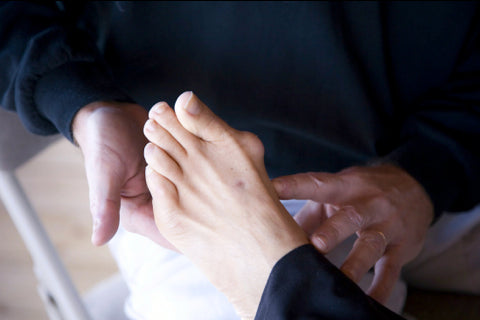 In this video, Dr. Ray McClanahan, a sports podiatrist at Northwest Foot and Ankle and the inventor of Correct Toes, discusses how bunions are treated using conventional and natural approaches. This video takes a closer look at the effects of footwear on foot and toe anatomy and function and the role of conventional footwear (especially the design element called toe box taper) on bunion formation. Dr. Ray also delves deeper...
Read more
In this video, Dr. Ray McClanahan, a sports podiatrist at Northwest Foot and Ankle and the inventor of Correct Toes, discusses how bunions are treated using conventional and natural approaches. This video takes a closer look at the effects of footwear on foot and toe anatomy and function and the role of conventional footwear (especially the design element called toe box taper) on bunion formation. Dr. Ray also delves deeper...
Read more













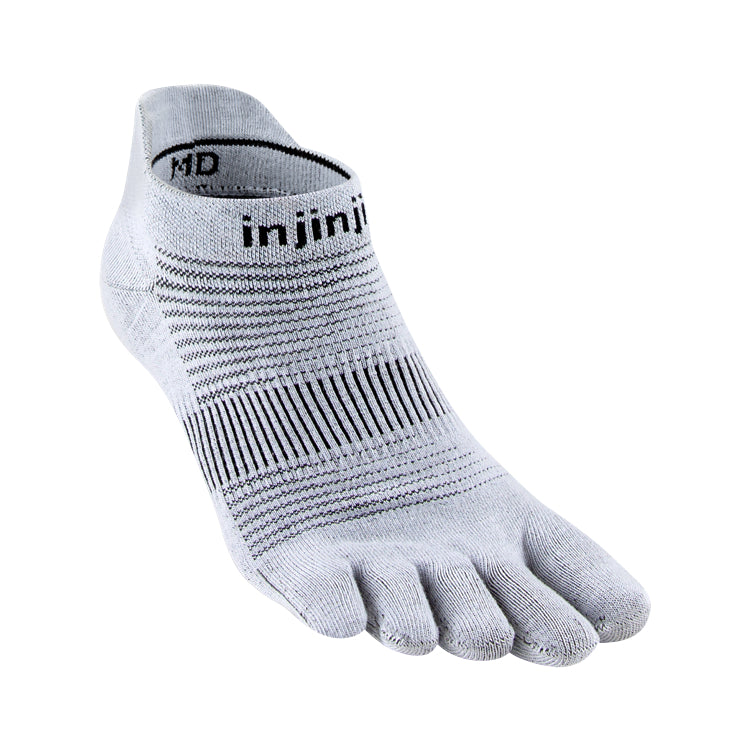

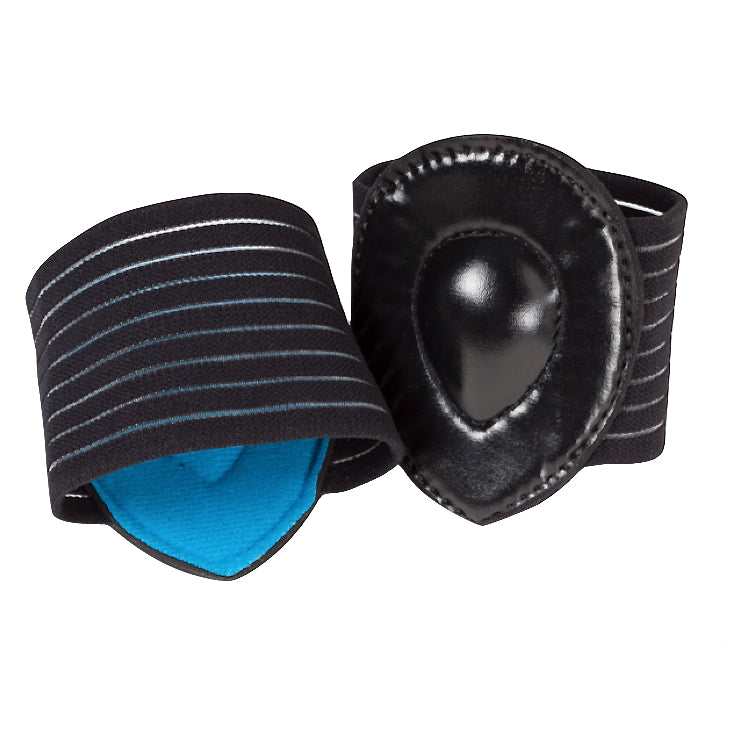
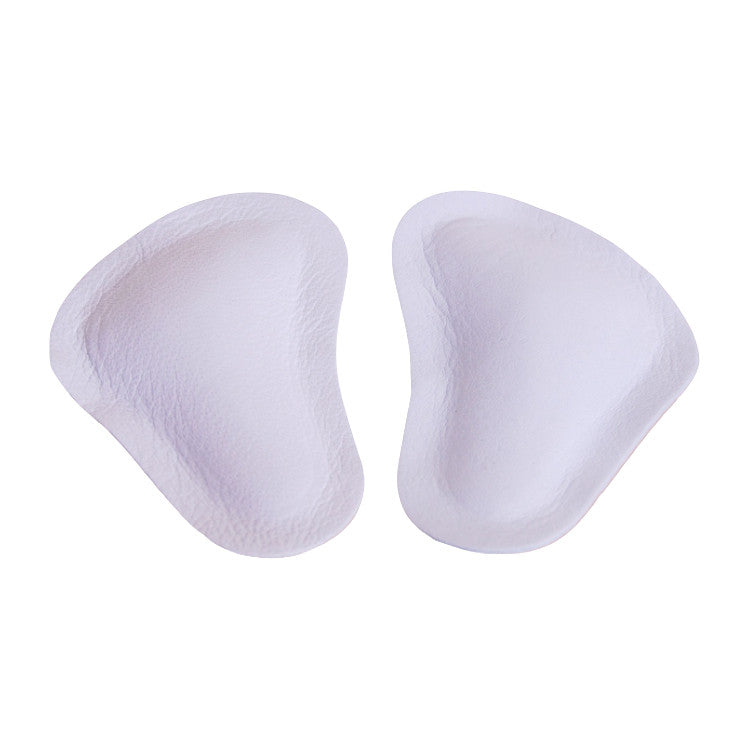
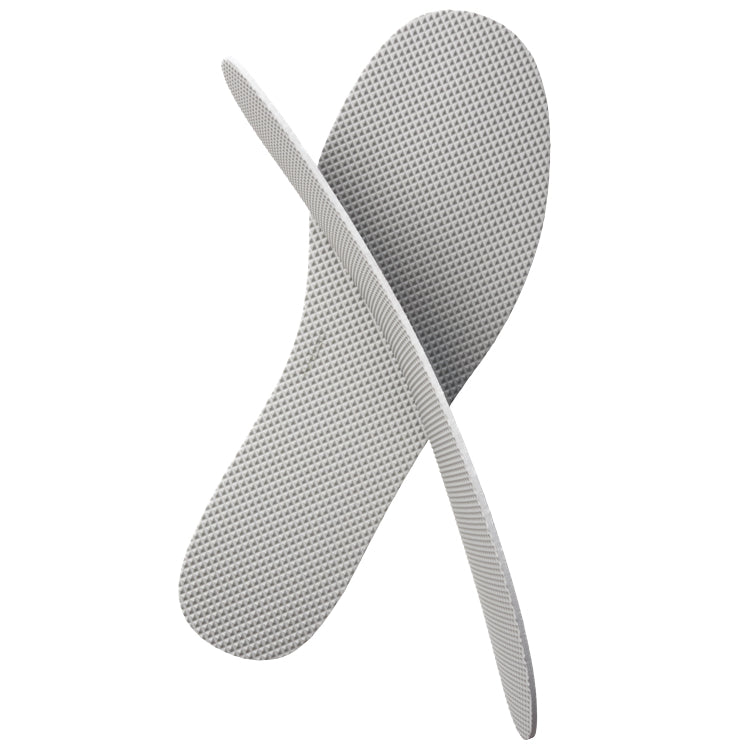
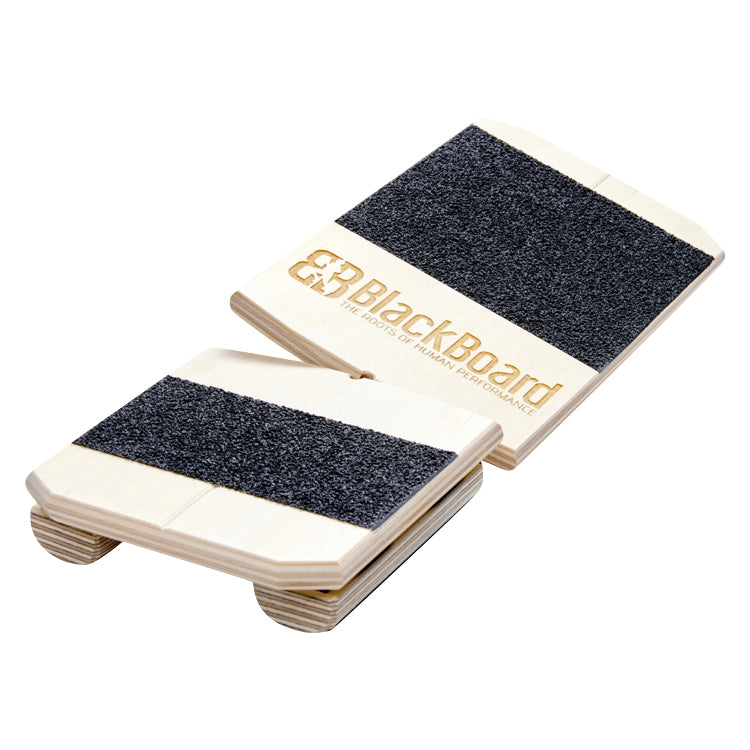
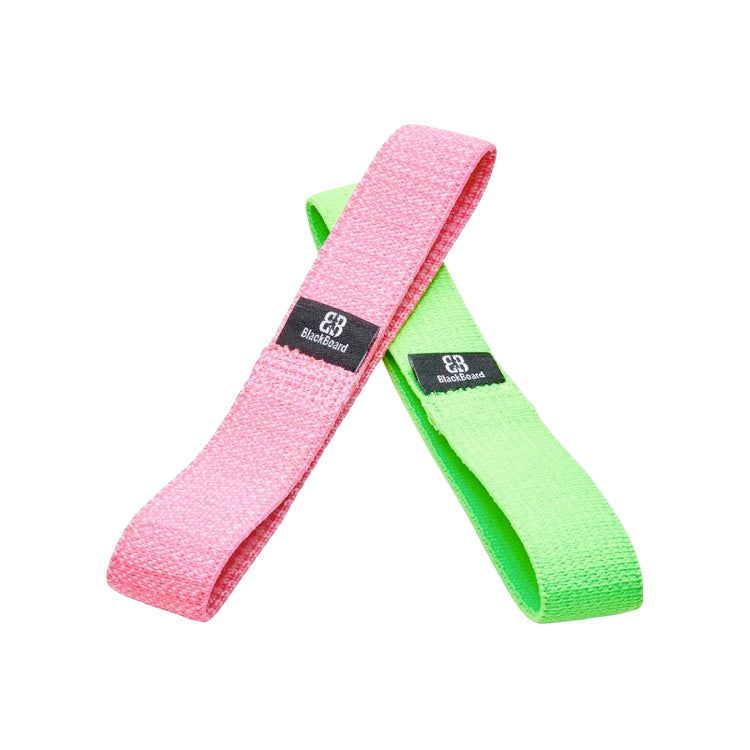
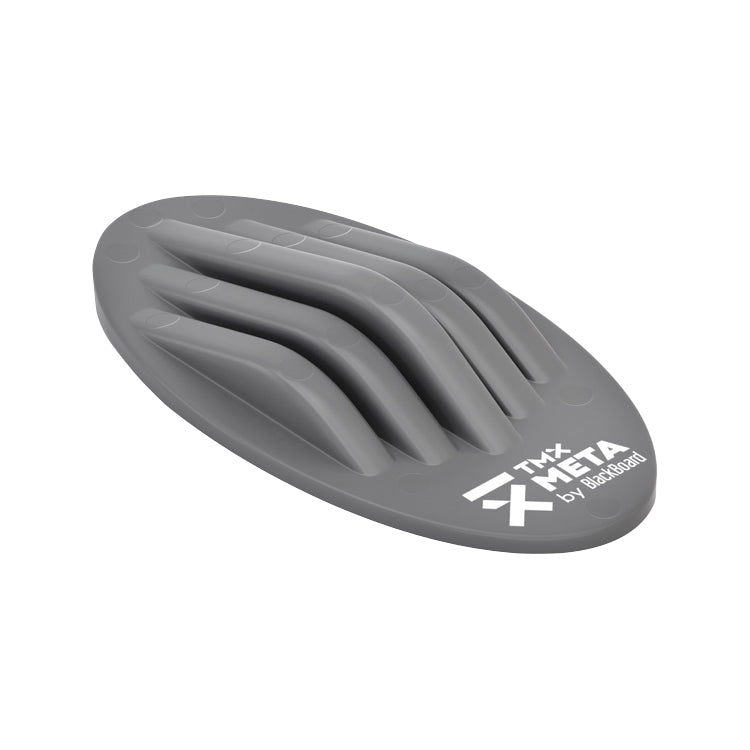
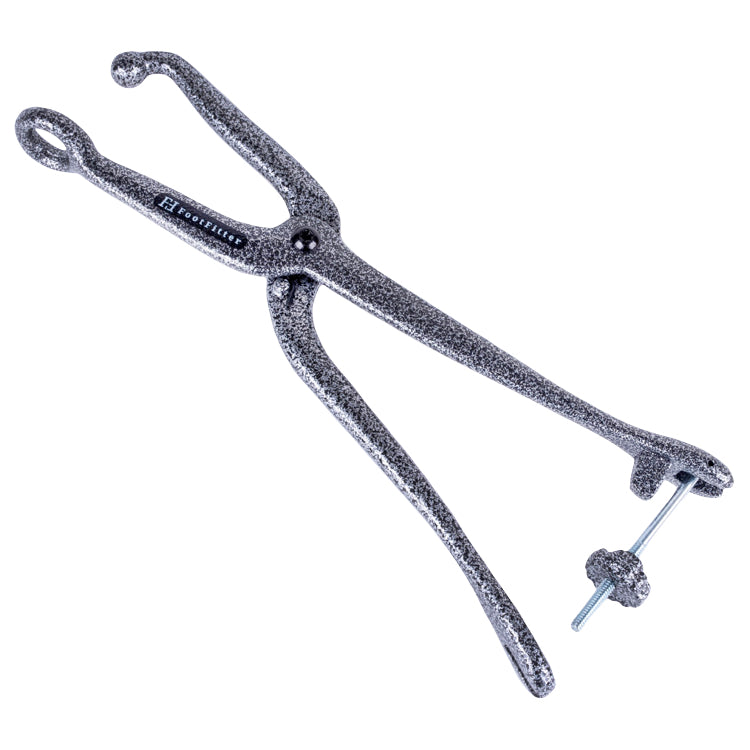
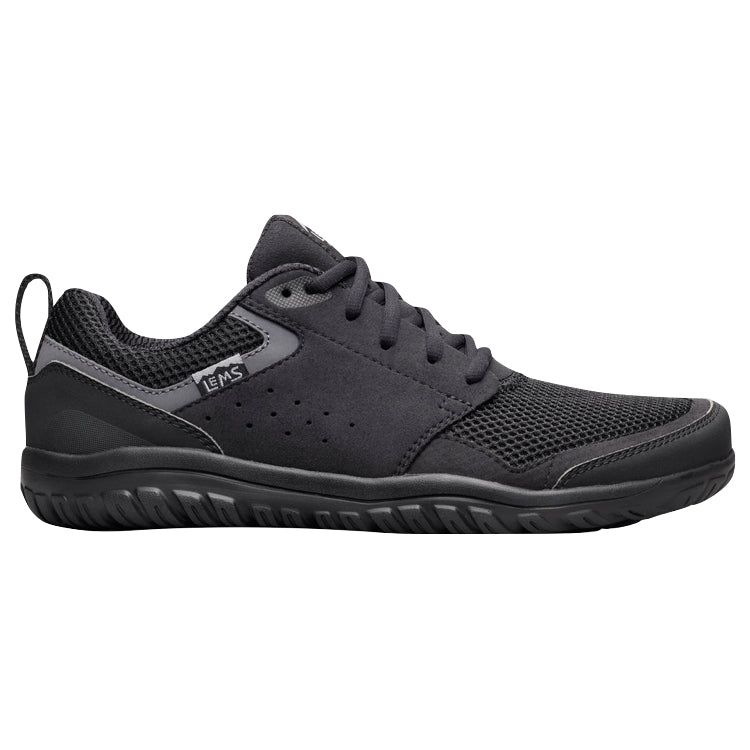
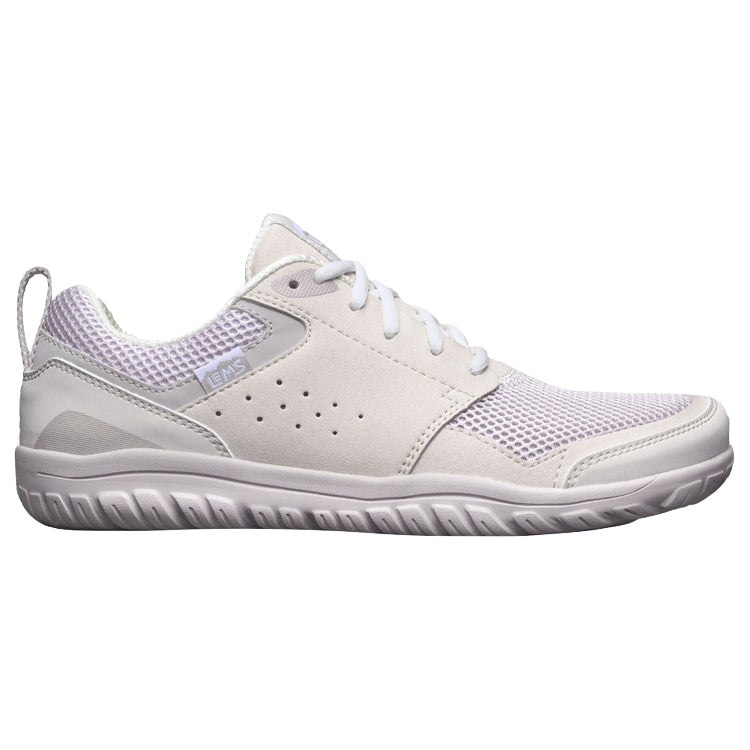
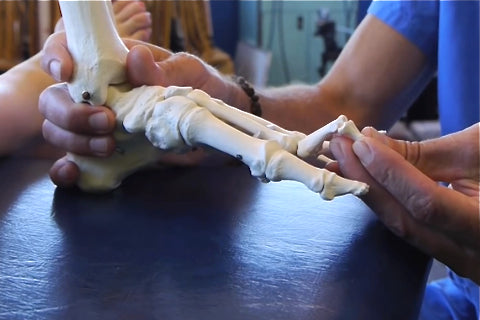
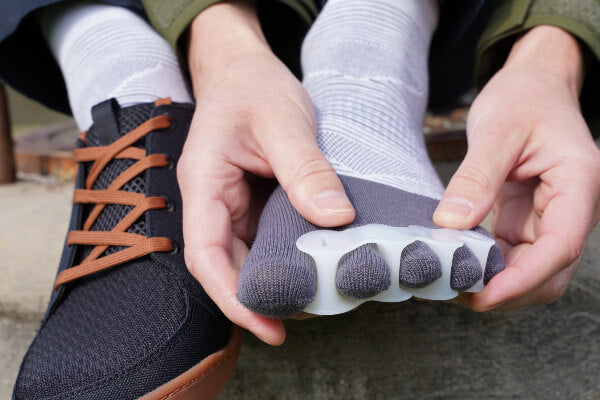
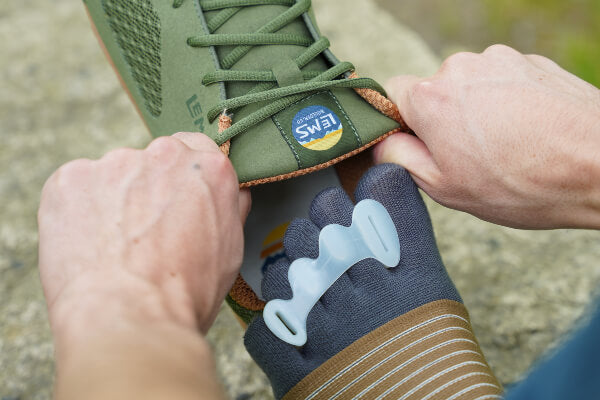
Hi! Do you know what kind of boot the person in this picture is wearing? Thanks!
Hi, Nick,
Thank you for your message and question! The boot in this picture is the Lems Boulder Boot. The Boulder Boot is excellent for hiking, as it has a wide toe box and flexible sole, and it easily accommodates Correct Toes.
Also, check out these helpful and related resources:
Lems Boulder Boots Review:
www.naturalfootgear.com/blogs/product-info/17922536-lems-boulder-boots-review
What Makes for a Great Hiking Boot?:
www.naturalfootgear.com/blogs/education/78033413-what-makes-for-a-great-hiking-boot
Benefits of Wide Toe Boxes for Hiking:
www.naturalfootgear.com/blogs/education/17856304-benefits-of-wide-toe-boxes-for-hiking
Kind regards,
Laura Trentman
Can you please try to influence those who design healthy shoes to come up with some styles that can be worn with professional attire?
Greetings, Jeanne,
Thank you for your comment. You are preaching to the choir on this one! We are always searching for foot-healthy dress shoes for women. We add new models and styles to our women’s shoes page on a fairly regular basis, so please do keep checking in to see if something matches your needs:
www.naturalfootgear.com/collections/womens-shoes
I hope this information is helpful! Feel free to email us if you have any further questions.
Kind regards,
Laura Trentman
This past May, I noticed that a bunion had formed on my left foot. When I asked a chiropractor about it last week, he said it’s due to my scoliosis, which, I’ve always known, causes a natural imbalance in my body. For at least four years, I’ve been wearing foot-healthy shoes (Xero sandals, Lems, Luna, etc.) or none at all. If it’s over 50 degrees F I’m in sandals all day. The chiropractor recommended Foot Leveler orthotics and said the arch support would help with the imbalance that caused the bunion. I’m curious about other opinions on this, as I’m pretty attached to my barefoot lifestyle and can’t imagine wearing “orthopedic” shoes or inserts. Thank you kindly for any thoughts!
Hi, Tree,
Thank you for your comment. I’m sorry to hear about that bunion. I wanted to share some additional resources from our site that I think you might appreciate or find helpful:
Bunions:
www.naturalfootgear.com/blogs/education/17856628-bunions
Bunions: Conventional vs. Natural Approaches:
www.naturalfootgear.com/blogs/education/17856712-bunions-conventional-vs-natural-approaches
Bunion Reversal Strategies:
www.naturalfootgear.com/blogs/education/bunion-reversal-strategies
Who Should Use Orthotics:
naturalfootgear.com/blogs/education/17921600-who-should-use-orthotics
In our experience, we’ve found that using Correct Toes toe spacers (www.naturalfootgear.com/collections/correct-toes) in combination with the kind of foot-healthy footwear you’re already using works quite well to address bunions and provide a level foundation for the body, including the spine. Without seeing you in person, I can’t offer much more in the way of thoughts or advice on how to proceed here, but if you have any additional questions, please do let us know!
Kind regards,
Marty Hughes, DC
Great article! Thank you.
Many thanks for your kind words, Frank. I’m glad you enjoyed it!
Cheers,
Robyn Hughes, ND